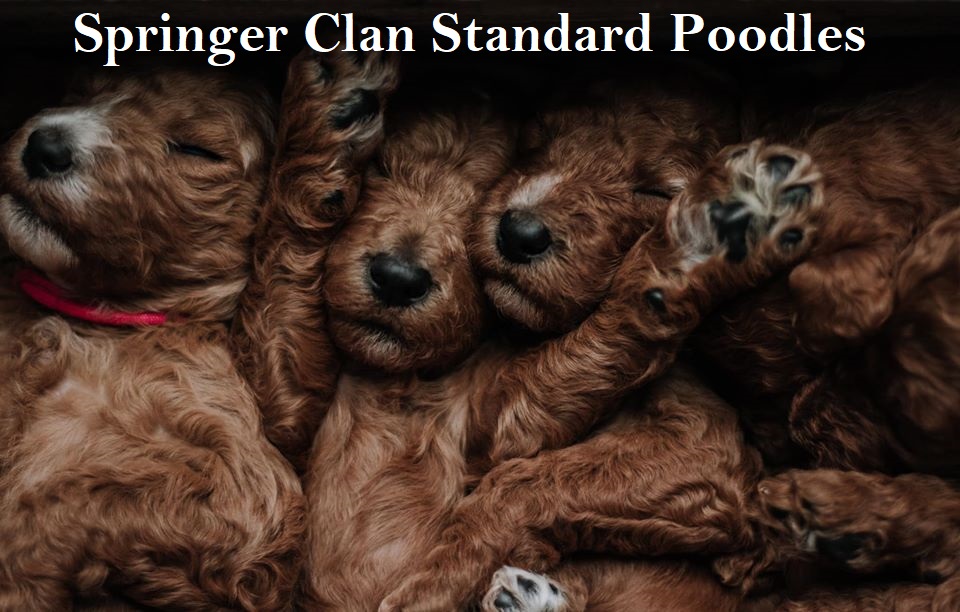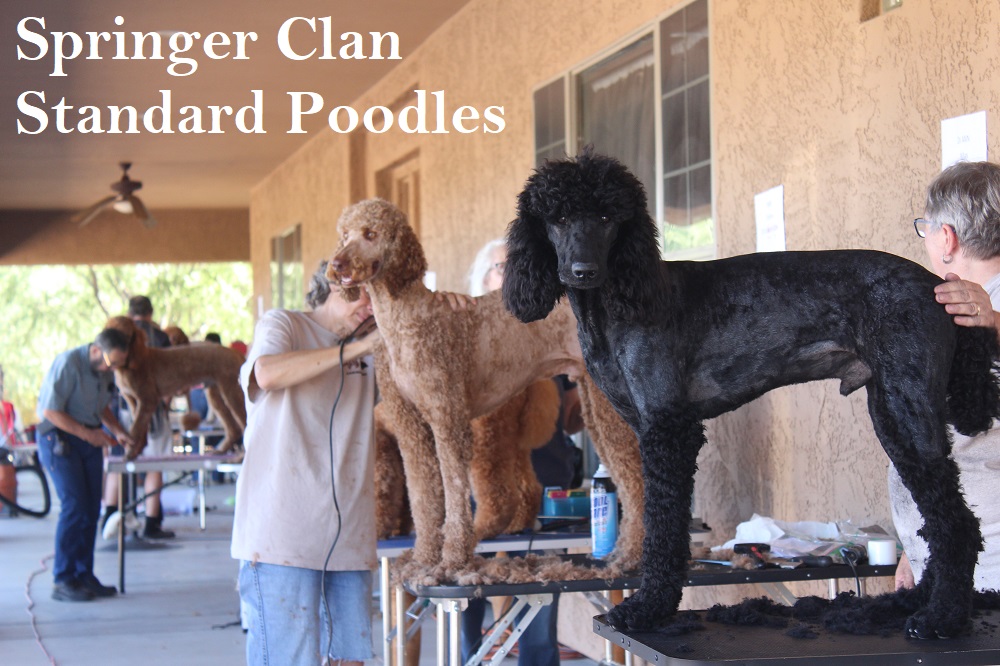SERVICE DOG BASICS
What is on this page:
Definition of what a Service Dog and other types of working dogs. What you should look for in a possible Service Dog. ADA law links. Resources to find out how you can train your own Service Dog and work with other groups doing the same thing.
(DISCLAIMER) – I need to say, to cover my butt, that I have never had “professional” training in this area. I have always been a natural trainer of both children and animals (in most cases, very, very similar – LOL) I do not have fancy “certifications” if you are hung up on those things. I have learned by trial and error, life, necessity, and my successes. I have also worked closely with Service Dog Training Companies and many Dog Trainers for over 25yrs. I love dogs and want to see them attain success for themselves and their families. The bottom line is when you are in my home or around my dogs, my training education speaks for itself.
I want my pups to fill any and all the needs required by their families. I need order instead of chaos, and thus I have learned over many, many years how to attain a well behaved dog that is in tune with OUR needs, NOT the other way around. Dogs are OUR companions, we are not their slaves (to some degree…haha). I love, cherish, and respect my dogs place in my life and lives of my children and thus we have a relationship that mutually benefits all parties involved. I can assist you in attaining the same, and it all starts with a SCSP Pup
I am focusing on breeding my dogs with a Service Dog future in mind for each of my pups. I want to focus in the following areas:
Service Dogs – a dog that has been specially trained to assist people with disabilities, example – by opening doors and retrieving needed objects (coins, brush, wallet, remote control, keys)
Therapy Dogs – a dog trained to provide affection & comfort to people in hospitals, retirement homes, nursing homes, schools, hospices, disaster areas, and to people with autism. These dogs are not “Service” dog in general, but can be both Service and Therapy Dogs if trained to offer both services
Social Facilitator Dogs – a dog that allows people young and old with” difficulty “to relate properly with the outside world. The relationship that a person has with this type of trained dog offers social benefits both emotional and physical. If the person using such a dog is a young person, it boosts confidence to a point where the child feels they can accomplish much more independently and with success.



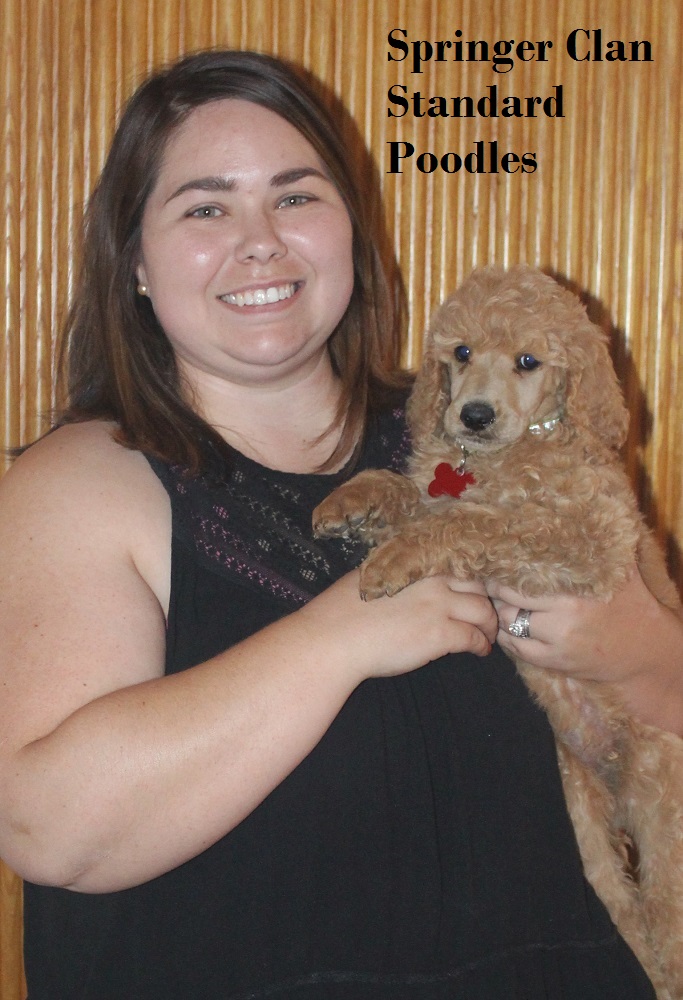
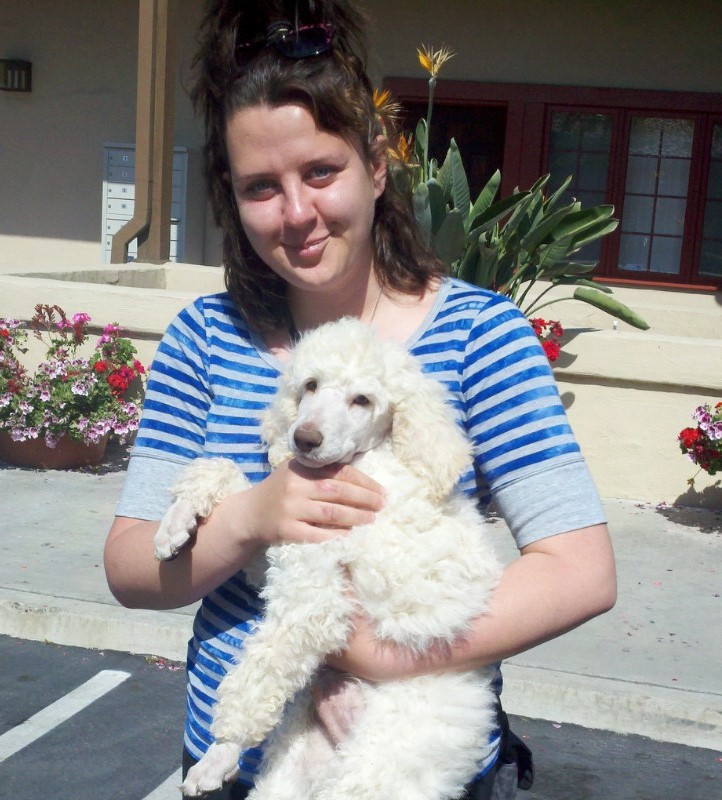
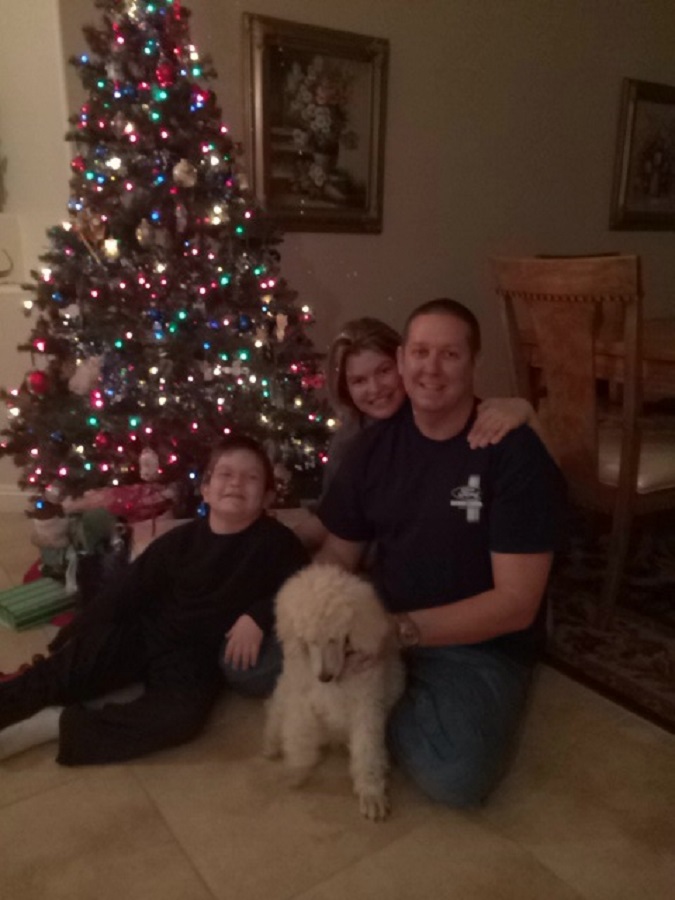
It is also known that caring for an animal promotes spontaneous prosocial behavior towards peers. In many cases the simple presence of a well trained and social dog can be a bridge between people who struggle with verbal communication. Simply put Service/Therapy Dogs heal and build confidence that otherwise would be severely lacking. These dogs support and love without judgement and communicate this by their acceptance and actions.
If you are looking for a puppy to train in any area of Service, I am happy to assist you in this endeavor. The foundation of a quality service animal begins with their parents and the first 8 weeks of life and care. That is what I am here for, to give your future pup the best start on life. What to look for in a puppy headed for Service.
Confidence – Not too much, but not too little. A pup that is cautious yet will stand straight and face something scary. Look for a pup that stands solid on his feet, hold tail up (not too tight) and looks directly at what is his focus.
Loves People – A pup that is comfortable leaving humans, but continually returns to check on us, or be near us.
Eye Contact – A pup that looks you in the face. Longs to understand you and what you want from them.
Correction – A pup that you can correct, firmly at times, yet rebounds quickly, but with a new respectful attitude.
Playful – A pup that will happily chase a ball or toy and have fun, not the pup that attacks or goes after others to attain the toy aggressively. Passive yet playful.
Genetics – A pup that comes from tested parents and grandparents…lets face it, you are going to spend a lot of time and money on this dog, make sure they are healthy.
Good Looking – Look people I am a realist this is not a shallow issue, it is a real one. I won’t own or ride an ugly horse, and I also try not to own ugly dogs. This dog will be with you all the time, and no matter what most people say, LOOKS are important. So be patient, the right color, sex, AND temperament will come to you!
Much, Much more….which we can discuss in person.
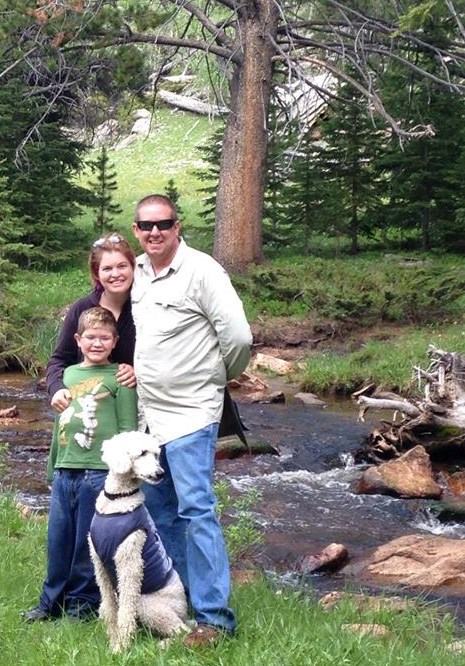
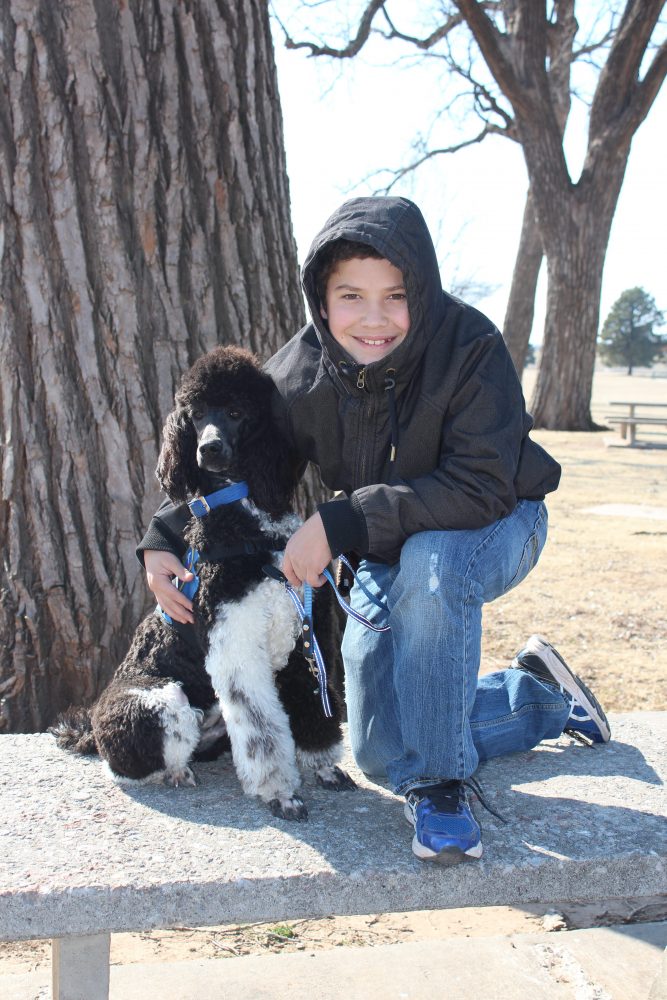


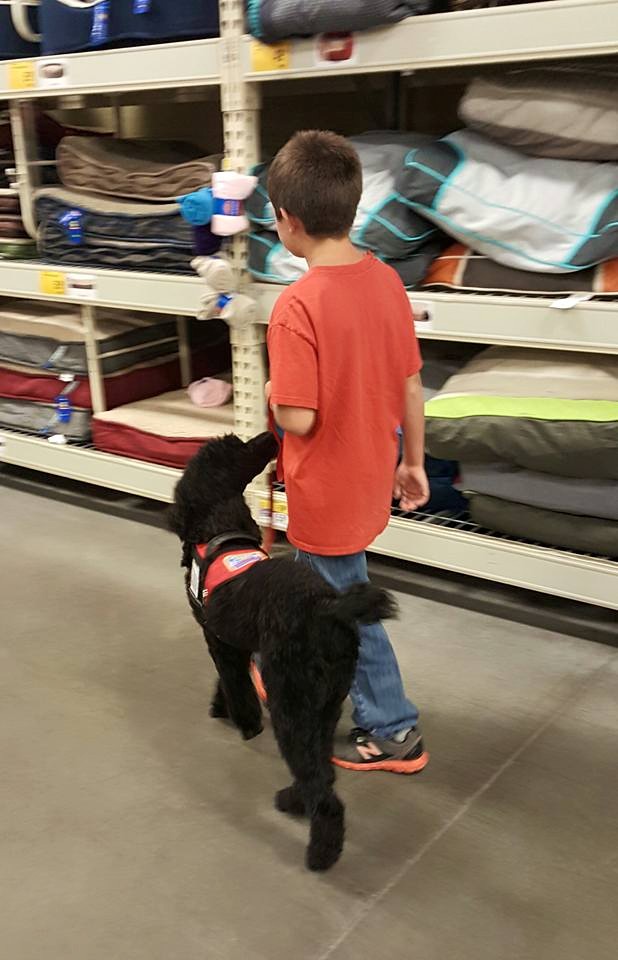
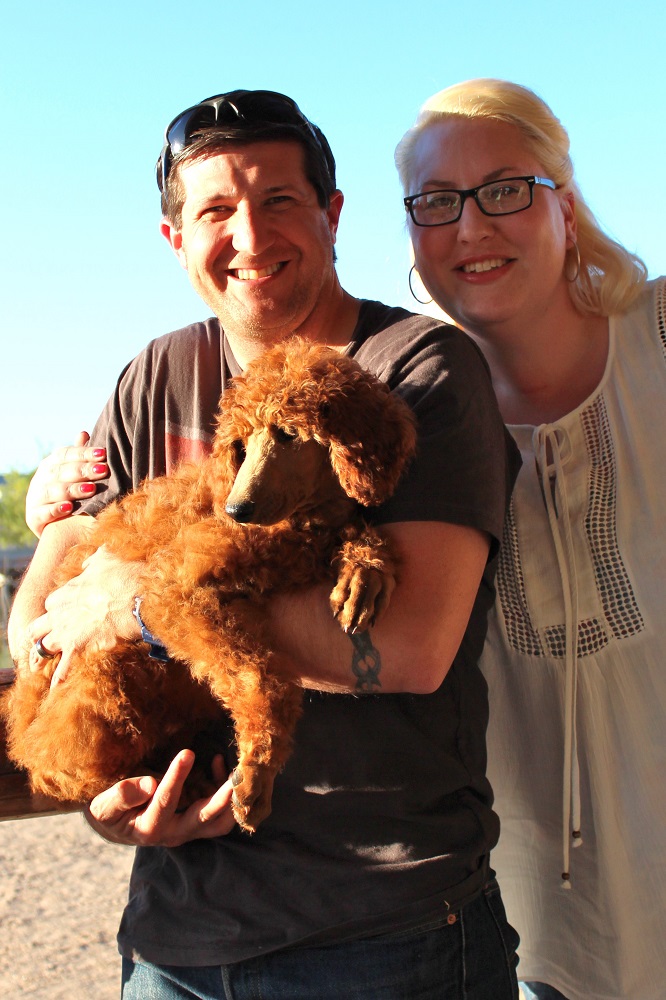
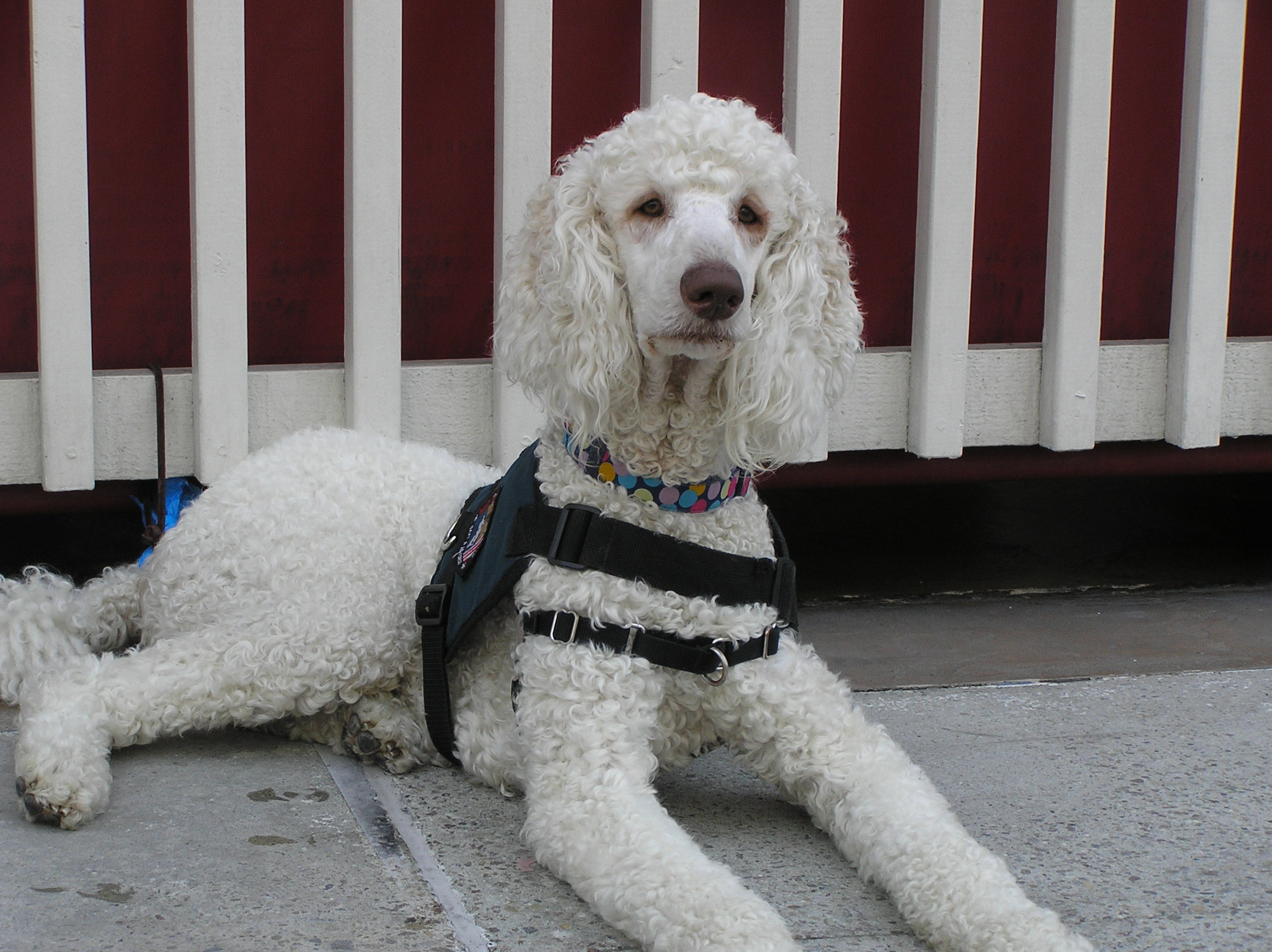
For those of you looking for a Service Dog, please keep in mind that you will be searching for the best from the litter. With that in mind, I do not offer discounts for your puppy. Remember….you get what you pay for in quality and looks. My prices are firm, I do not negotiate…..EVER. On average about 3 of a litter of 9 or so pups will have the mentality of a Service Dog. So I will not have more than 2 Deposits accepted for any given litter for pups with a Service Dog future in mind.
There is much more and I would be happy to discuss with you, so email me and lets get this project started!
Where do you begin with your puppy when you have Service as your final goal?
This is a common worry and concern for many with no experience in the world of a Service animal. It can feel overwhelming and I am here to help you feel less overwhelmed. Service Training begins the moment you take your pup home. Begin potty training and teach them right away to pee on command in the same place EVERY TIME! Teach them to look to you for guidance by using a crate or playpen for boundary training. These things are the beginning of your training and mental prep for their big job to come. The first 6 months of life you will lay the foundation of obedience, so after your puppy is safely covered by vaccinations begin taking them to public places (PetSmart, Home Depot, Open Malls, Busy Parks, Recreation areas with a lot of noises, Loews, etc.)
- READ MY BLOG! This has tons and tons of tips for you. Take advantage of what I have learned.
- Join “Share with Springer Clan Standard Poodles” my families Facebook page. I have several families who have begun training for Service all on their own and are VERY SUCCESSFUL and talented. Connect with them, support each other and give each other advice and suggestions for success.
- Watch YouTube video’s on training specific tasks that you are interested in having your dog perform for you.
- Read books offered by Service Dog Training Facilities such as Little Angels in CA. A great source of information.
After you do the above, and all the while investigating groups that will assist you in your teams next step, when you are ready contact a group that trains for specifically what your needs are and get involved with that group. You will be well on your way and will have proven that you CAN and will succeed in the process of training your dog to be the best companion and partner for your special needs.
Click and hover on the link below to go to the Government website….
https://www.ada.gov/service_animals_2010.htm
Below is an excerpt from the above website:
Service Animals
The Department of Justice published revised final regulations implementing the Americans with Disabilities Act (ADA) for title II (State and local government services) and title III (public accommodations and commercial facilities) on September 15, 2010, in the Federal Register. These requirements, or rules, clarify and refine issues that have arisen over the past 20 years and contain new, and updated, requirements, including the 2010 Standards for Accessible Design (2010 Standards).
Overview
This publication provides guidance on the term “service animal” and the service animal provisions in the Department’s new regulations.
- Beginning on March 15, 2011, only dogs are recognized as service animals under titles II and III of the ADA.
- A service animal is a dog that is individually trained to do work or perform tasks for a person with a disability.
- Generally, title II and title III entities must permit service animals to accompany people with disabilities in all areas where members of the public are allowed to go.
How “Service Animal” Is Defined
Service animals are defined as dogs that are individually trained to do work or perform tasks for people with disabilities. Examples of such work or tasks include guiding people who are blind, alerting people who are deaf, pulling a wheelchair, alerting and protecting a person who is having a seizure, reminding a person with mental illness to take prescribed medications, calming a person with Post Traumatic Stress Disorder (PTSD) during an anxiety attack, or performing other duties. Service animals are working animals, not pets. The work or task a dog has been trained to provide must be directly related to the person’s disability. Dogs whose sole function is to provide comfort or emotional support do not qualify as service animals under the ADA.
This definition does not affect or limit the broader definition of “assistance animal” under the Fair Housing Act or the broader definition of “service animal” under the Air Carrier Access Act.
Some State and local laws also define service animal more broadly than the ADA does. Information about such laws can be obtained from the State attorney general’s office.
Where Service Animals Are Allowed
Under the ADA, State and local governments, businesses, and nonprofit organizations that serve the public generally must allow service animals to accompany people with disabilities in all areas of the facility where the public is normally allowed to go. For example, in a hospital it would be inappropriate to exclude a service animal from areas such as patient rooms, clinics, cafeterias, or examination rooms. However, it may be appropriate to exclude a service animal from operating rooms or burn units where the animal’s presence may compromise a sterile environment. This article offers free shipping on qualified products, or buy online and pick up in store today at Medical Department.
Service Animals Must Be Under Control
Under the ADA, service animals must be harnessed, leashed, or tethered, unless these devices interfere with the service animal’s work or the individual’s disability prevents using these devices. In that case, the individual must maintain control of the animal through voice, signal, or other effective controls.
Inquiries, Exclusions, Charges, and Other Specific Rules Related to Service Animals
- When it is not obvious what service an animal provides, only limited inquiries are allowed. Staff may ask two questions: (1) is the dog a service animal required because of a disability, and (2) what work or task has the dog been trained to perform. Staff cannot ask about the person’s disability, require medical documentation, require a special identification card or training documentation for the dog, or ask that the dog demonstrate its ability to perform the work or task.
- Allergies and fear of dogs are not valid reasons for denying access or refusing service to people using service animals. When a person who is allergic to dog dander and a person who uses a service animal must spend time in the same room or facility, for example, in a school classroom or at a homeless shelter, they both should be accommodated by assigning them, if possible, to different locations within the room or different rooms in the facility.
- A person with a disability cannot be asked to remove his service animal from the premises unless: (1) the dog is out of control and the handler does not take effective action to control it or (2) the dog is not housebroken. When there is a legitimate reason to ask that a service animal be removed, staff must offer the person with the disability the opportunity to obtain goods or services without the animal’s presence.
- Establishments that sell or prepare food must allow service animals in public areas even if state or local health codes prohibit animals on the premises.
- People with disabilities who use service animals cannot be isolated from other patrons, treated less favorably than other patrons, or charged fees that are not charged to other patrons without animals. In addition, if a business requires a deposit or fee to be paid by patrons with pets, it must waive the charge for service animals.
- If a business such as a hotel normally charges guests for damage that they cause, a customer with a disability may also be charged for damage caused by himself or his service animal.
- Staff are not required to provide care or food for a service animal.Join a Facebook group that are Owner Trained Service Dog Teams! There are dozens. Find one that fits what you want to do with your dog. There are some groups that you will want to avoid, ones that are negative and attacking of the general public. I have removed myself for a few groups because they are downers and constantly criticize the un-handicapped (if that is even a word LOL) world, and I will not put up with either side putting down the other. So just be careful and leave a group if it is that way, you don’t need the negativity…you need the SUPPORT!
Meet up with other Self Trained Teams and practice at public locations. Learn from each other! HAVE FUN!!!

 Chicken Jerk Treats – Amazon –
Chicken Jerk Treats – Amazon –  Bully Sticks – Amazon –
Bully Sticks – Amazon –  Duck Jerk Treats – Amazon –
Duck Jerk Treats – Amazon –  Pork Twists – Amazon –
Pork Twists – Amazon –  Himalayan Yack Sticks – Amazon –
Himalayan Yack Sticks – Amazon –  Pig Ears – Amazon –
Pig Ears – Amazon –  Beef Tendon Chews – Amazon –
Beef Tendon Chews – Amazon –  Antler/Horn Chews – Amazon –
Antler/Horn Chews – Amazon – 